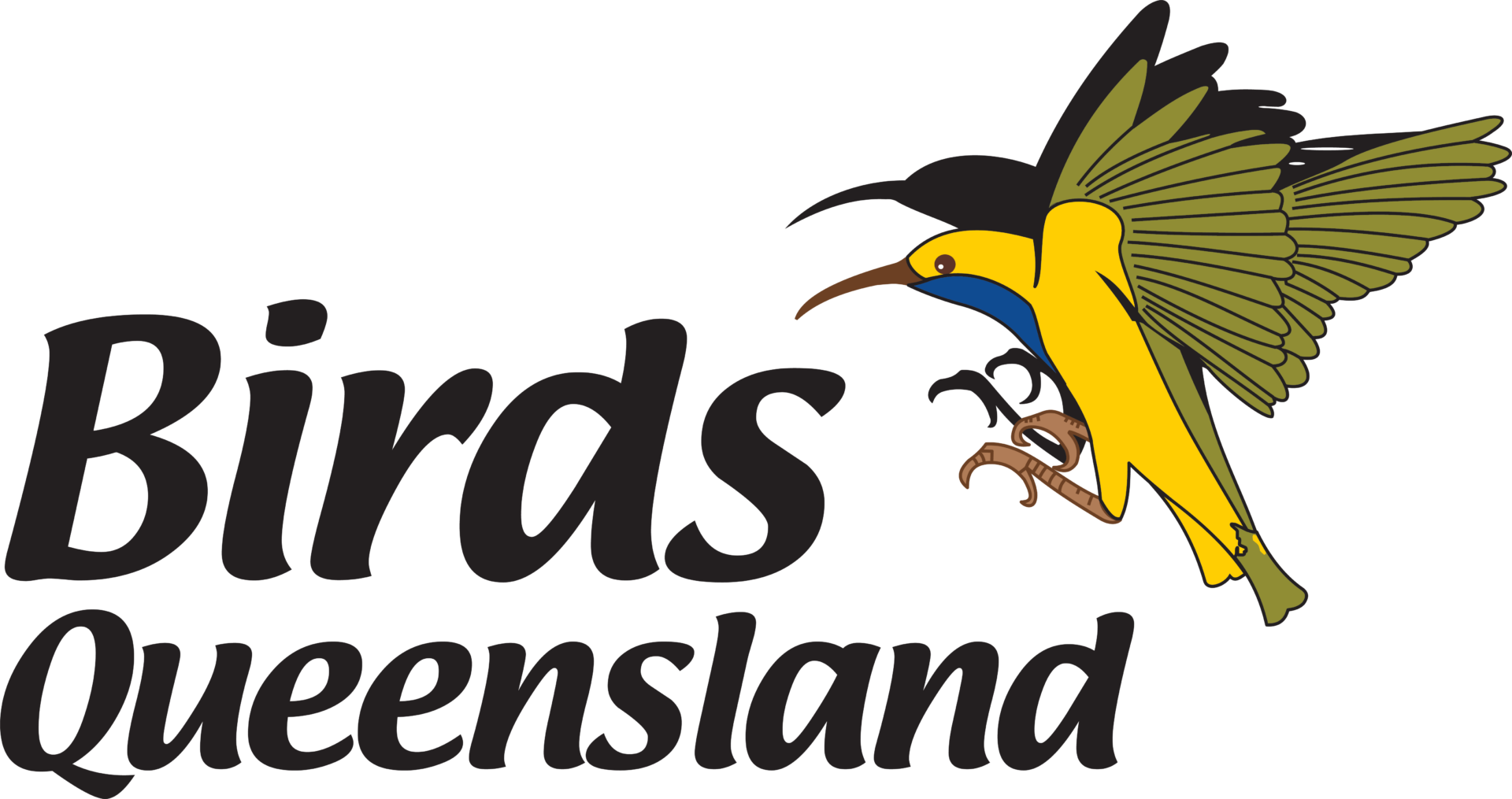From time to time outside my place in suburban Brisbane there will be a loud racket when a large group of Blue-faced Honeyeaters appear (see photo) and begin fighting with the resident Noisy Miners. The Miners are the larger mob and the Blue-faceds soon depart. They do come back occasionally but mostly in smaller numbers, sometimes just one or two birds, and they don’t stay long. While the Miners are well integrated into suburban life the Blue-faced Honeyeaters less so. They still by-and-large occupy traditional habitats: rainforest, dry eucalyptus forest, open woodland, though also seen in parks and leafy areas in suburbia.

The Blue-faced Honeyeater is instantly recognisable. Of particular prominence is the large bright blue patch around the eyes. In juveniles this bare skin is yellow, gradually turning green with age before changing to blue in adults. The back, wings and tail are bright olive.

It is the largest honeyeater in Australia apart from some wattlebirds and friarbirds. I’ve come across quite a few sources that say the Blue-faced Honeyeater is commonly called the Banana Bird. One writer stated: ‘They are so bold and inquisitive that their confidence can be quickly gained and they will soon feed from the hand, particularly if a banana is offered as a lure’.* I don’t think I’ve ever heard the term Banana Bird used by any birders but I have seen one confidently eat a bit of banana out of the hand, as in one of the photos, taken at Jabiru.

Apart from bananas they eat other fruits; according to HANZAB (Vol. 5, p. 602) they are sometimes considered pests around orchards. They do feed on nectar but take a very wide variety of other foods, including insects and other arthropods. They can be seen on branches and tree trunks probing for insects and other creatures under bark. If accustomed to humans they may try to freeload. Some years ago one would regularly join other birds to visit us at Harding’s Paddock south of Ipswich as we had morning tea, hanging from a rafter in expectation. (See photo, front page, BQ Newsletter, December 2022.) They are aggressive and if their numbers are right they will chase off other birds.
While they generally build their own nest they are known to use the old nests of other birds, such as babblers, either lining it with fresh materials or building on top of it (HANZAB Vol. 5, p. 604). The female usually lays two eggs and both parents care for the young.
They occur in eastern Australia, in Victoria, NSW and eastern Queensland. They also occur in the north of Northern Territory and in the Kimberley area of WA. They are the sole member of their genus. Their nearest relatives are the Melithreptus honeyeaters, such as the White-throated. The Blue-faced resembles those birds in having a white band around the back of the black neck and bright olive back and wings, although it is very much larger. A few years ago BirdLife Australia recognised the bird in NT and Kimberley as a separate species, the White-quilled Honeyeater, Entomyzon albipennis. The most pronounced difference is a conspicuous whitish patch in the wings of the northern bird, prominent when it flies. IOC recognises the northern bird as a separate subspecies only.
* Brigadier Hugh R. Officer, Australian Honeyeaters, The Bird Observers Club, Melbourne (1964).


